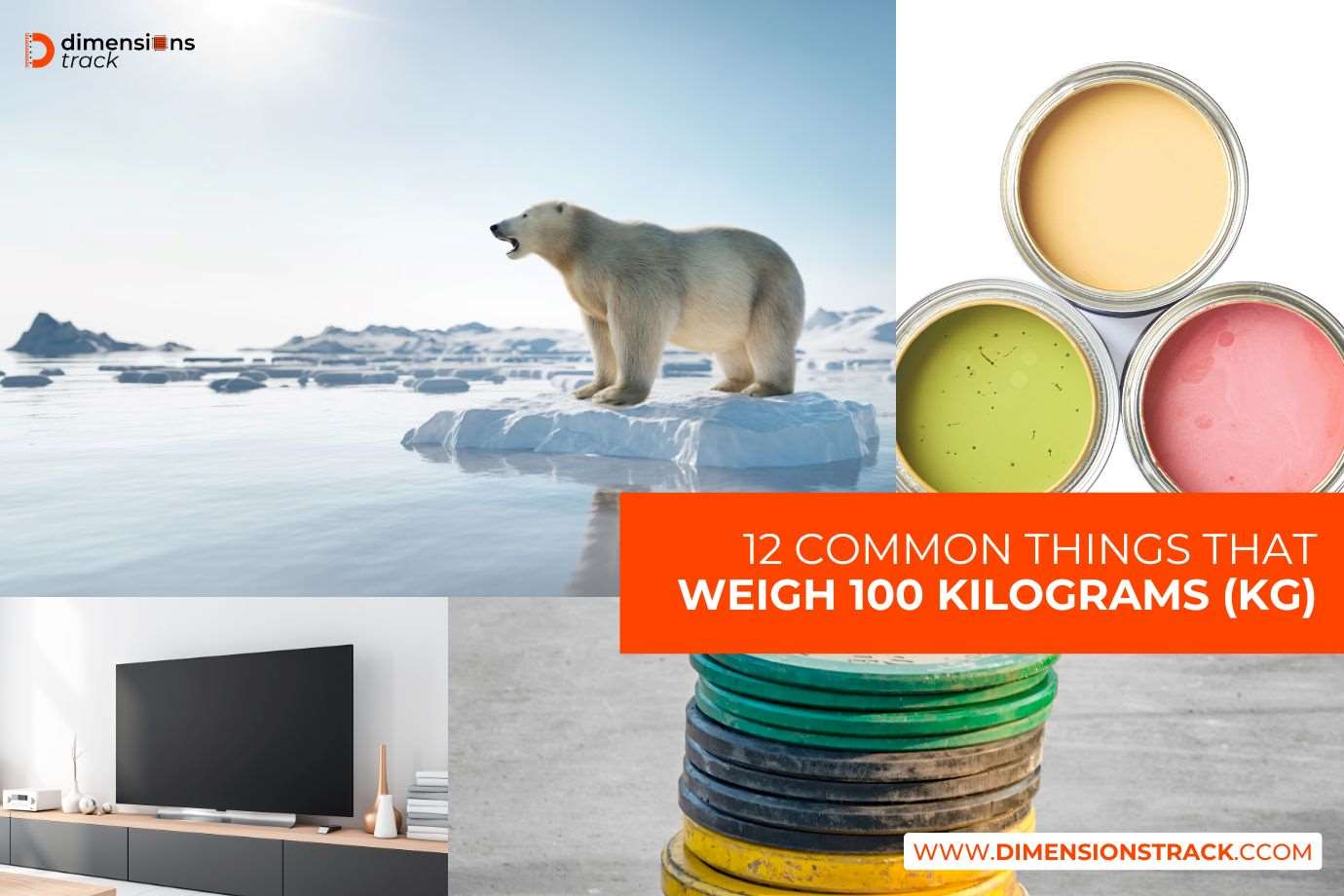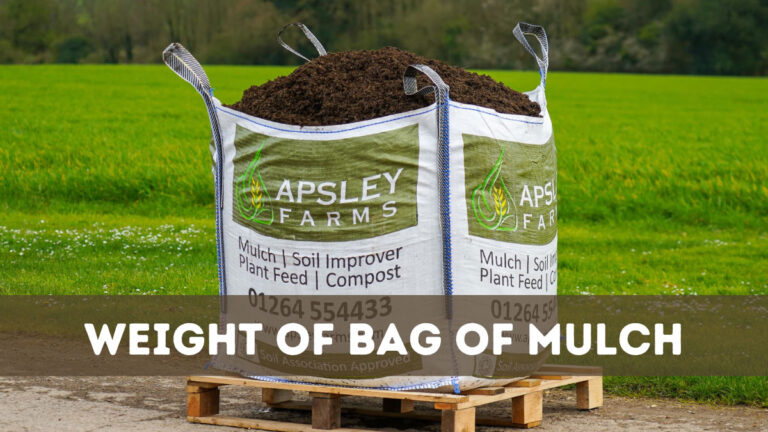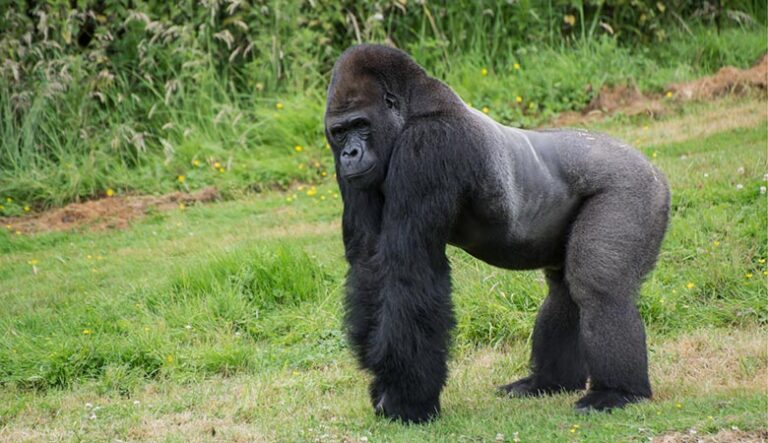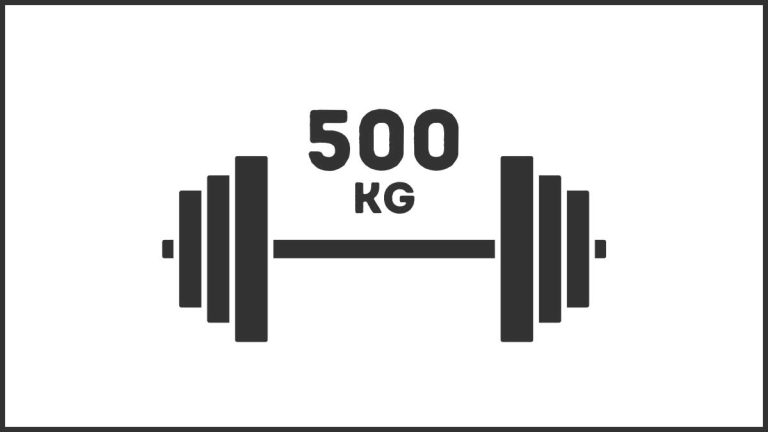Things That Weigh About 100 Kilograms: A Comprehensive List
Ever found yourself curious about what weighs around 100 kilograms? You’re not alone. This weight is a fascinating benchmark that can help you visualize and compare various objects and creatures in your daily life. Whether it’s a hefty animal or a substantial piece of equipment, understanding what 100 kilograms looks like can be both fun and practical.
Imagine being able to estimate the weight of something just by comparing it to a familiar object. Knowing common items that hit the 100-kilogram mark can enhance your perception of weight and size, making it easier to make quick judgments. From the animal kingdom to household items, the world is filled with surprising things that tip the scales at this weight.
Key Takeaways
- Understanding what weighs approximately 100 kilograms offers practical insights into estimating weight and size, enabling quick judgments in daily life.
- In the animal kingdom, species such as the moon bear, newborn elephant calf, and giant panda bear typically weigh around this benchmark, showcasing nature’s diversity and adaptations.
- Marine species like the Pacific white-sided dolphin and hourglass dolphin provide intriguing examples of aquatic life reaching this weight, highlighting the vast range of sizes within marine ecosystems.
- Terrestrial mammals, including the red kangaroo, demonstrate the variety of land animals and their ecological roles at this weight class, emphasizing adaptive strategies and survival.
- Everyday objects, such as large furniture and beer kegs, often approximate 100 kilograms, serving as relatable points of reference to visualize and comprehend this weight in practical contexts.
Animals Weighing About 100 Kilograms
Understanding the weight of various animals offers a unique perspective on size and scale. Animals around 100 kilograms not only pique curiosity but also provide intriguing insights into nature’s diversity.
Moon Bear
Moon bears, also known as Asiatic black bears, typically weigh about 104 kg (230 lbs). Characterized by their distinctive crescent-shaped chest mark, these bears inhabit regions across the Himalayas, Southeast Asia, and some parts of Eastern Asia like Japan. Omnivorous in nature, moon bears consume insects, small mammals, fruits, and birds. This diverse diet supports their adaptable living conditions across various landscapes.
Newborn Elephant Calf
A newborn elephant calf usually weighs between 90 to 100 kg (198 to 220 lbs) at birth. These calves are notable for their rapid growth, fueled by rich elephant milk, which allows them to gain about 14 kg (30 lbs) weekly. As they grow, calves rely on this nutrient-dense milk before transitioning to solid food and learning essential survival skills from herd members.
Giant Panda Bear
Giant panda bears typically weigh around 100 kg (220 lbs), although adult males can reach up to 125 kg (275 lbs), while females weigh less, averaging 70 kg (155 lbs). With bamboo making up the majority of their diet, adult pandas consume between 9 to 14 kg (20 to 31 lbs) daily. This specialized diet supports their serene existence in the bamboo forests of central China.
Pacific White-Sided Dolphin
Pacific white-sided dolphins weigh approximately 110 kg (243 lbs). Known for their friendly nature, these dolphins reside in the North Pacific Ocean. They favor varied diets that include hake, squid, and herring, sustaining their robust aquatic lifestyle. Prominent white markings distinguish these dolphins, making them easily recognizable amidst marine life.
Marine Life Examples
Exploring marine life that weighs around 100 kilograms provides fascinating insights into the aquatic world. This section highlights unique species and their characteristics.
Pacific Giant Octopus
The Pacific Giant Octopus, known as the largest octopus species, can reach substantial sizes. Although not always reaching exactly 100 kilograms, these octopuses often weigh between 50 to 90 kilograms. Distinguishing traits include their remarkable intelligence and ability to solve puzzles. Living up to 4 years, they occupy ocean depths, hunting shrimp, clams, and even fish at night. These creatures showcase nature’s versatility and adaptability and are vital members of the marine ecosystem.
Hourglass Dolphin
Known for its striking black and white coloration, the Hourglass Dolphin thrives in Antarctic waters. It’s the only cetacean endemic to this region and weighs between 90 to 120 kilograms. Diet consists primarily of squid and fish which it catches with remarkable agility. With one of the longer lifespans for dolphins, ranging from 27 to 46 years, the hourglass dolphin exemplifies the mysterious allure of Antarctic marine life. This species often captivates observers with its engaging social behavior and unique markings.
Terrestrial Mammals
Exploring the realm of terrestrial mammals offers a glimpse into the impressive diversity of creatures around the world. Many of these mammals, including some marsupials and carnivores, have body weights close to 100 kilograms. This weight range provides a useful reference for understanding their physical presence and ecological impact.
Red Kangaroo
The red kangaroo is an iconic symbol of Australia’s biodiversity. Males, the larger of the sexes, commonly weigh between 55 and 100 kilograms. These marsupials, known as the largest of their kind, inhabit the continent’s arid regions and exhibit significant sexual dimorphism, with females weighing only 18 to 40 kilograms. This difference emphasizes their adaptive strategies for survival in harsh environments and reflects their distinct roles within their social structures. As herbivores, they graze on grasses and shrubs, converting these resources into energy to support their substantial size.
Red kangaroos can live up to 23 years and have unique reproductive strategies. Females give birth to a single offspring at a time, which is as small as a cherry at birth. The newborn then climbs into the mother’s pouch, where it remains for over two months, providing it with warmth and nourishment during its early development stages.
Their ability to thrive in various desert locales highlights their resilience, while their impressive form and agility offer insights into evolutionary adaptation. With their striking tails and powerful hind legs, red kangaroos are efficient at traversing vast open landscapes.
Understanding the biology and ecology of the red kangaroo aids in appreciating their role in Australia’s ecosystems, as well as aiding conservation efforts to ensure their ongoing survival in a rapidly changing environment.
Everyday Objects and Items
Everyday objects weighing around 100 kilograms serve as practical benchmarks for grasping how substantial this weight feels in a variety of contexts. You’ll find this weight class in items you might encounter daily or frequently.
Beer Keg
Though a full beer keg, like a ½ barrel, tips the scales at about 72 kilograms, it’s often referenced for weight comparison. This difference highlights how close it comes to the 100-kilogram mark, offering an easily relatable point of reference. Picture the physical effort needed when handling or transporting a beer keg to imagine this weight.
Large Furniture Piece
Large furniture pieces, like heavy sofas or substantial refrigerators, often weigh in at around 100 kilograms. This tangible weight can help you visualize the effort required for moving or rearranging large living room items. Such furniture frequently serves as an anchor in discussions about home setup logistics, interior design, and transportation considerations.
Conclusion
Understanding what weighs around 100 kilograms can significantly enhance your ability to estimate weight and size in everyday situations. By familiarizing yourself with both living creatures and household items in this weight range, you gain a practical benchmark for visualizing and comparing various objects. This knowledge not only aids in making quick judgments but also enriches your appreciation for the diversity of life and the scale of common items. Whether it’s the fascinating world of marine life or the practicalities of moving heavy furniture, recognizing these weight parallels can be both informative and helpful in daily life.







